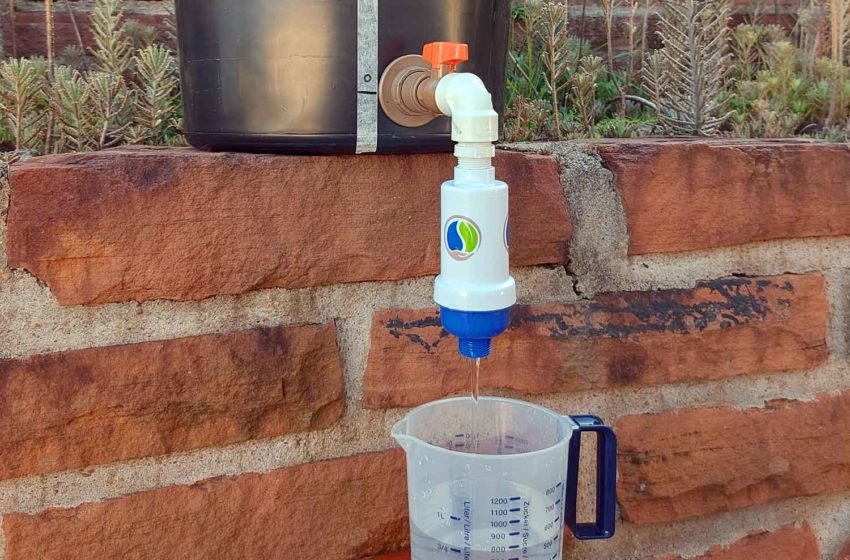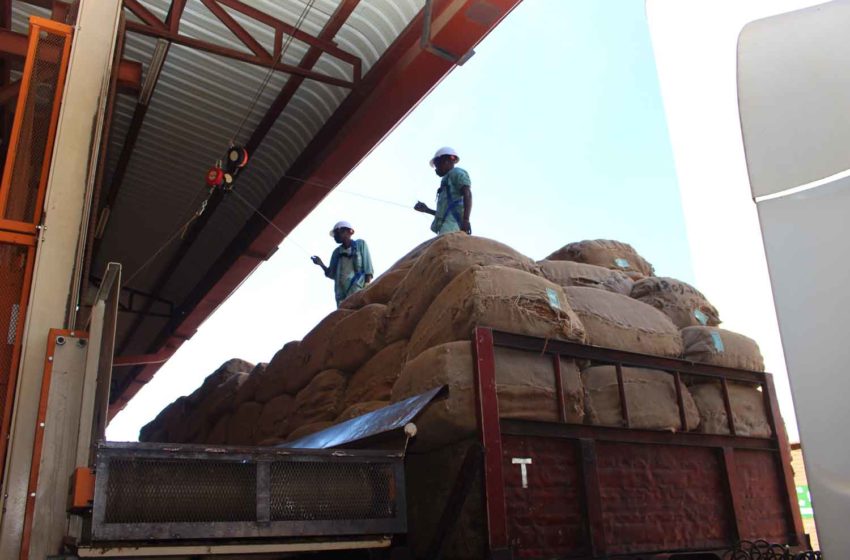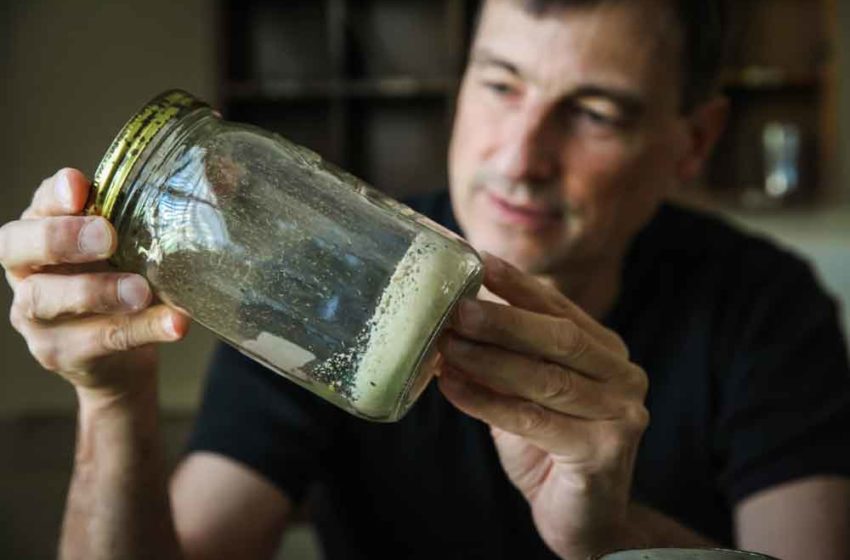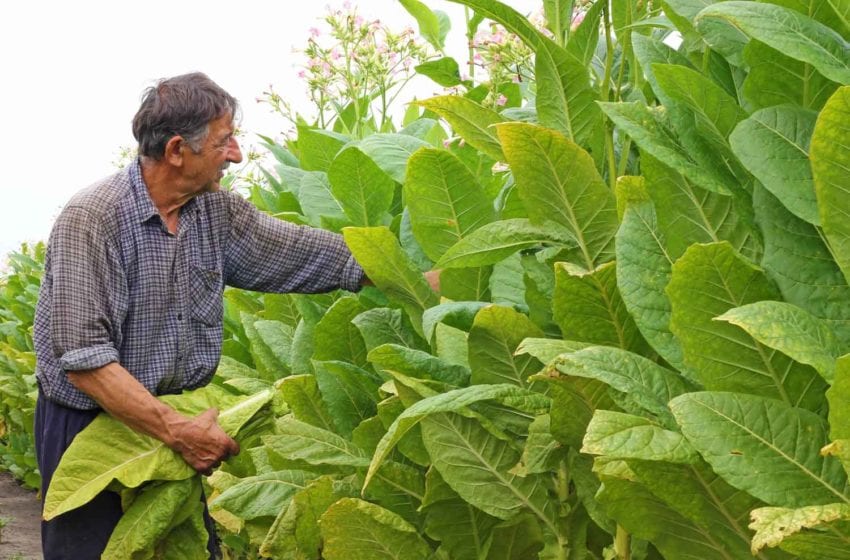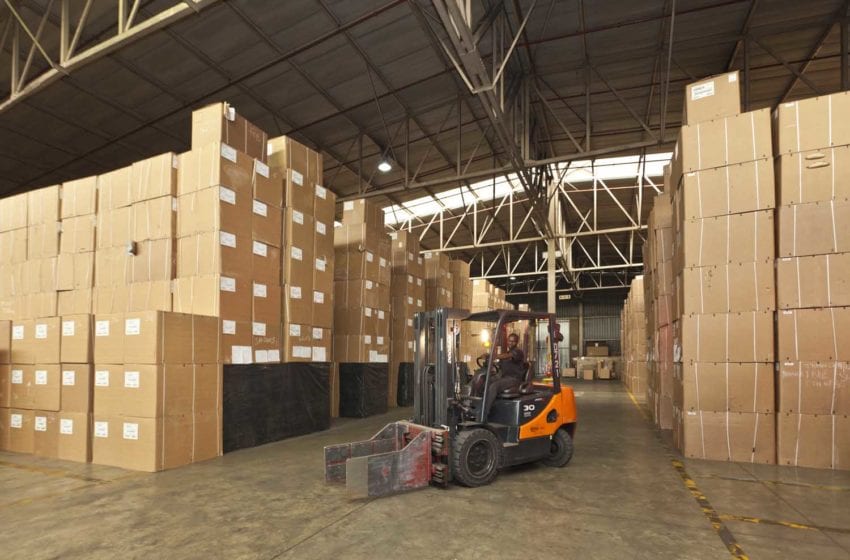A small water filter and a biodegradable sample bag may help reduce the environmental impact of tobacco production. Read More
Tags :newco
Climate change, war and a lingering pandemic exacerbate the typical challenges presented by leaf tobacco supply and demand. Read More
The war on tobacco insect pests continues. Read More
Independent leaf merchants are improving the sustainability of tobacco cultivation.Read More
Emerging from the pandemic, the leaf tobacco industry has once again proven its mettle. Read More
A Pyxus veteran, Costa will pursue diversification and sustainability at Newco.Read More
The impact of Covid-19 on the leaf tobacco business may endure after the pandemic . Read More
NewCo has purchased a tobacco expansion facility from Airco Diet. The line will be installed in Hungary and is expected to begin processing in early 2014.Read More
